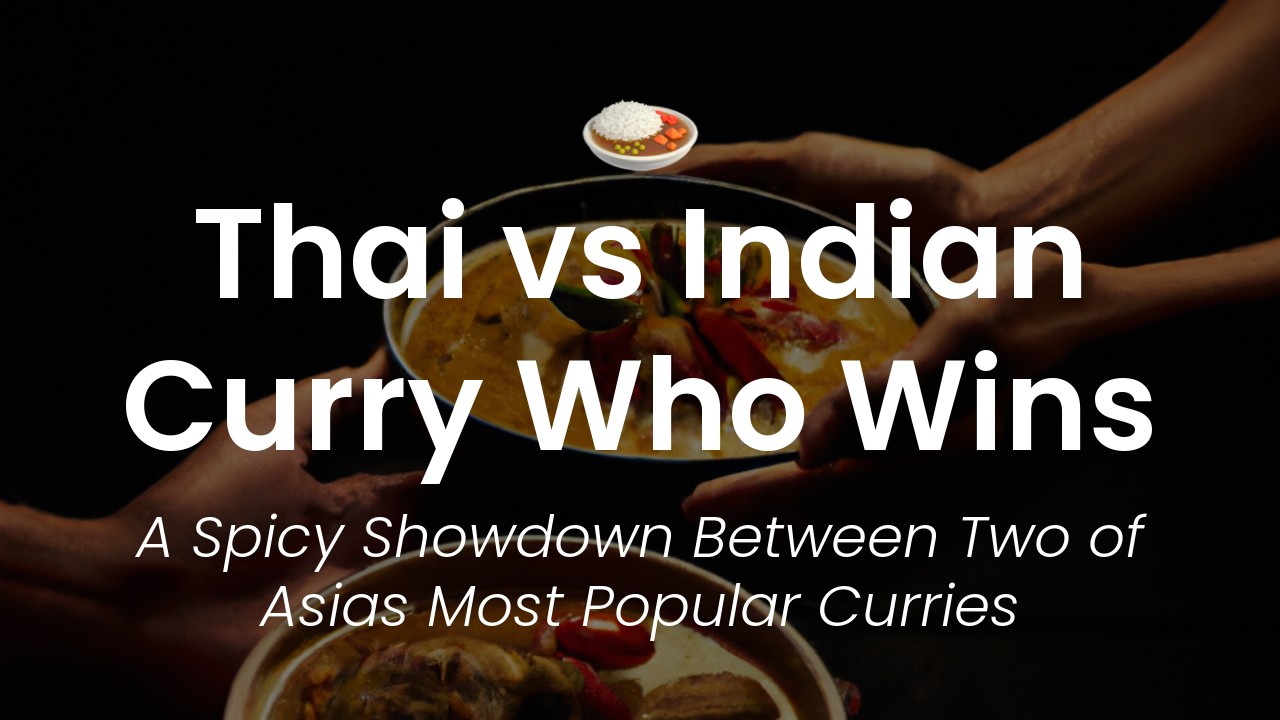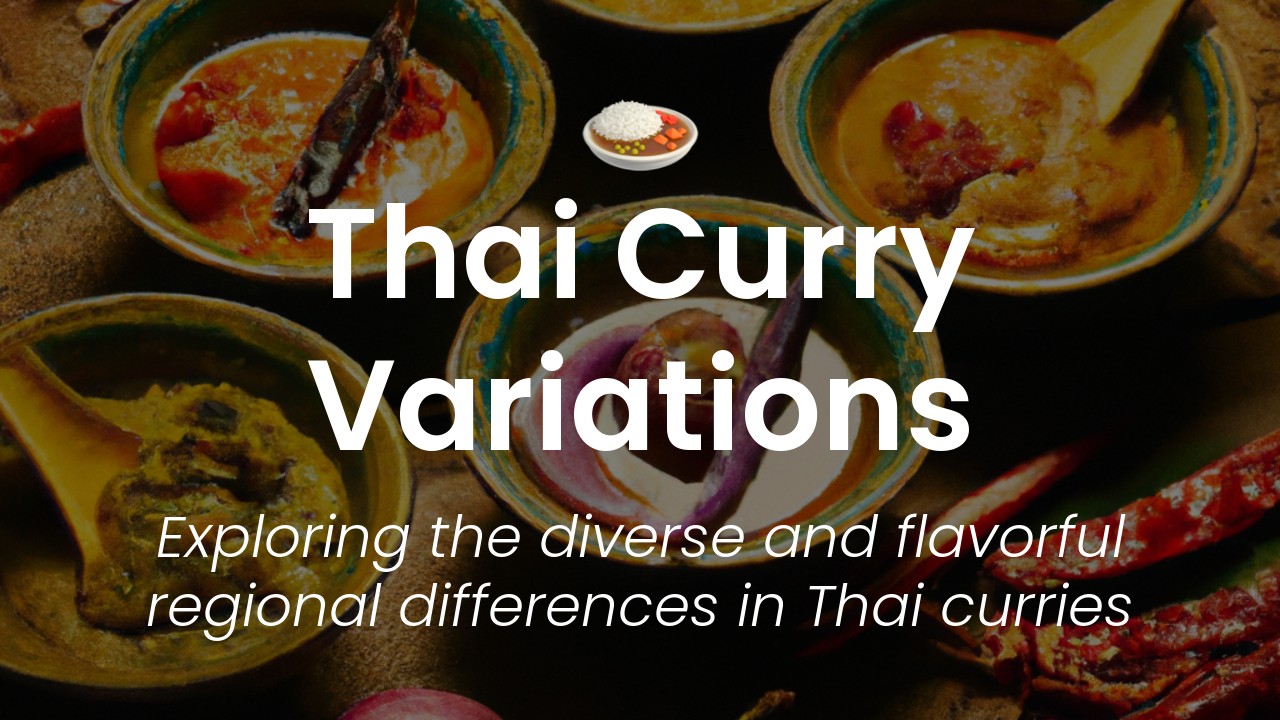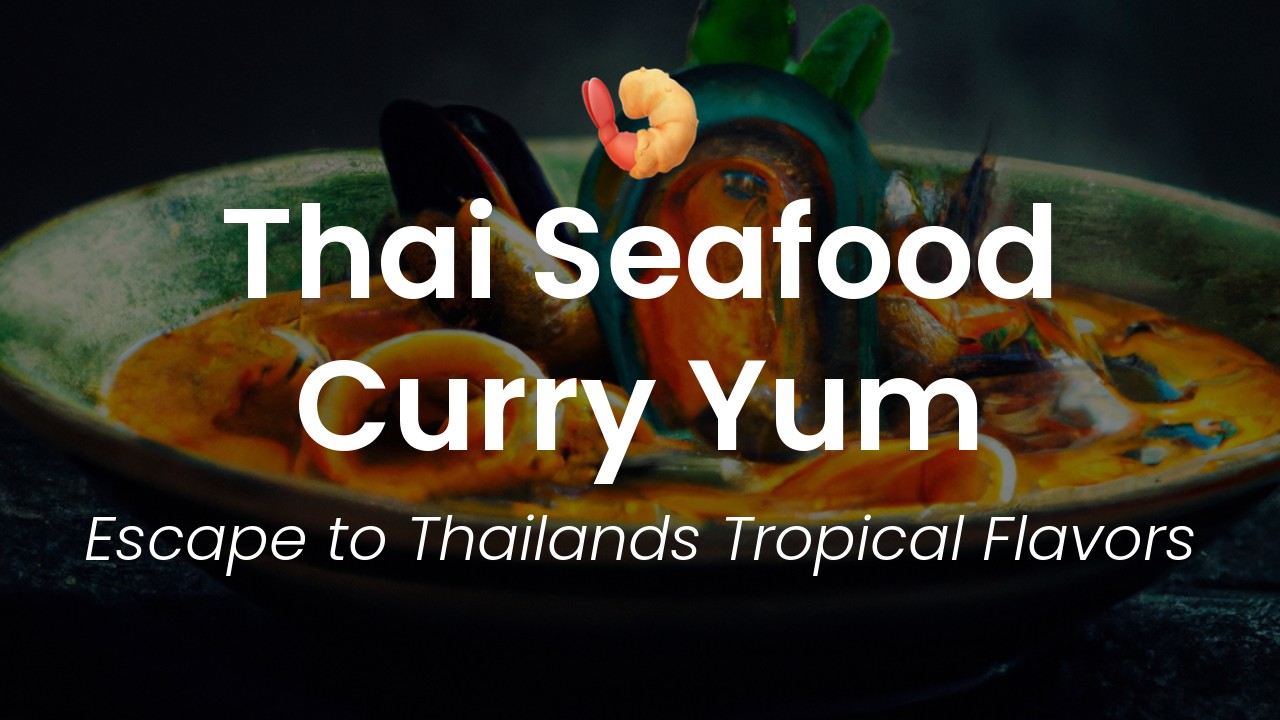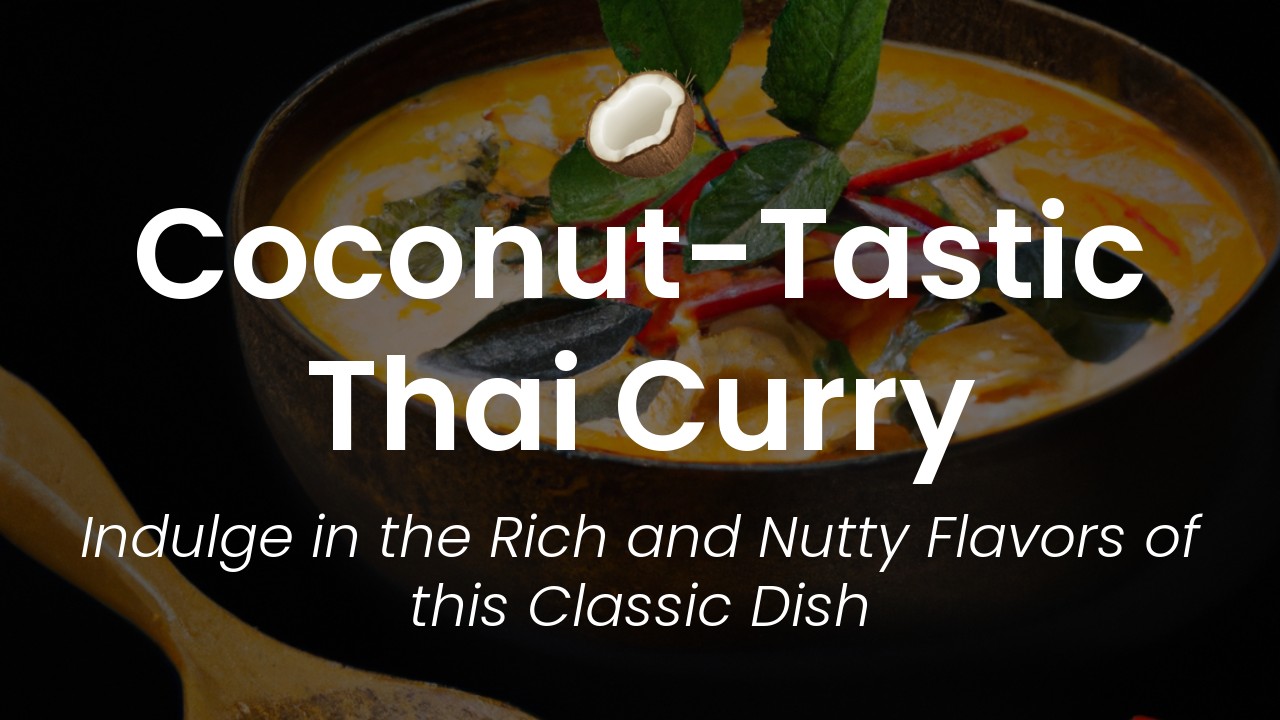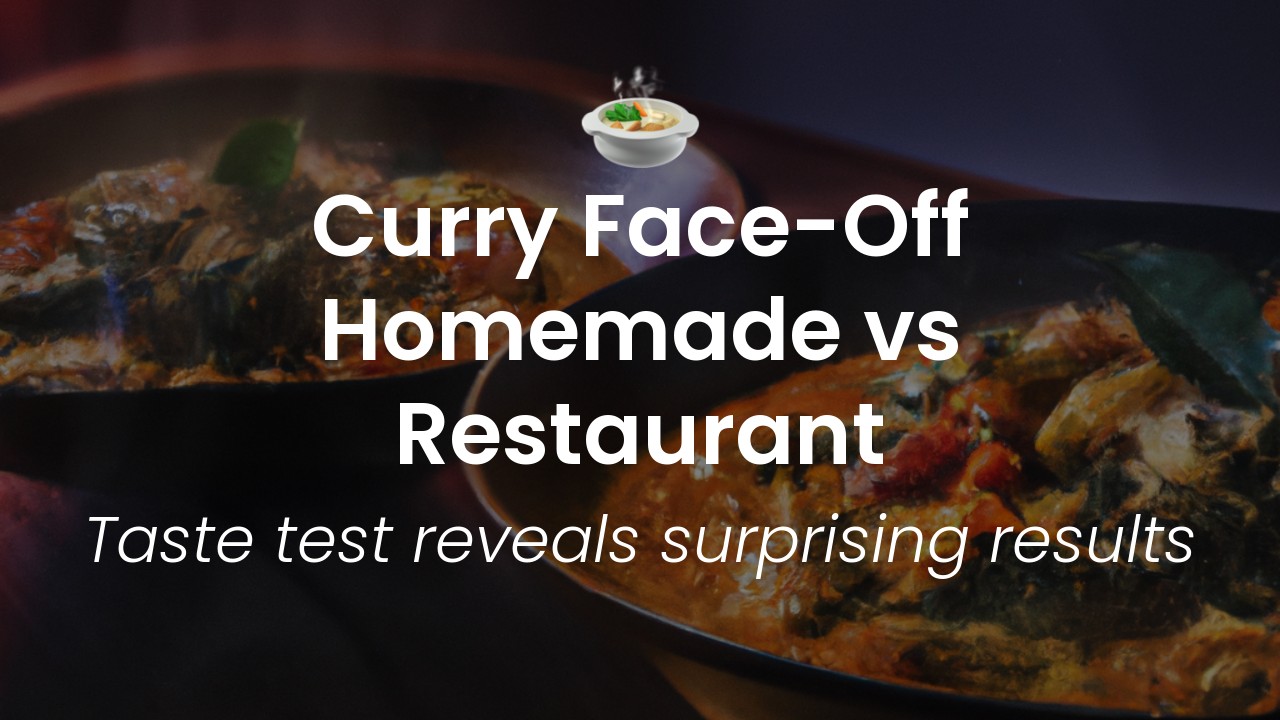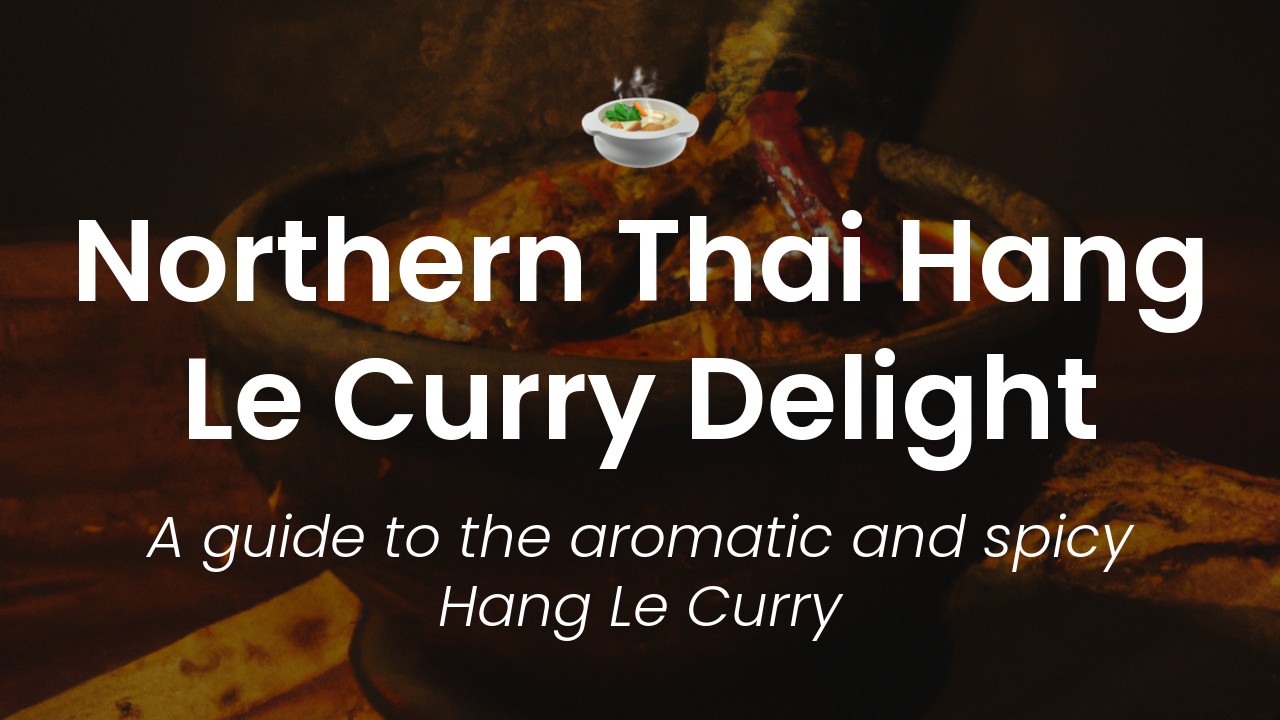As a Thai person, I'm biased toward Thai curries. But I have to admit, Indian curries are equally delicious and popular in the world. Both cuisines have powerful and aromatic spices to create the unique taste and color of their curries. So, it has always been a debatable topic – which curry is better? Thai or Indian?
To find out the answer, I decided to have a curry war in my kitchen. I picked the four most popular types of curries from each cuisine and cooked them side by side: Thai green curry, red curry, massaman curry, and panang curry from Thailand, versus butter chicken, rogan josh, tikka masala, and vindaloo from India.
The cooking process was intense, with packs of spices and herbs scattered on my kitchen counter. The experience was very aromatic and had me dazed by the mix of flavors. I cooked each curry with the same amount of effort and passion, making sure each of them had the perfect amount of spice, sourness, and sweetness. The battle was on, and the curries were ready for the ultimate taste-off.
Thai Curry: Flavors and Ingredients
Thai curry is rich in flavor and fragrant with a balance of sweet, sour, and spicy. It is the perfect embodiment of the Thai philosophy of Naam Jai, which means "water from the heart". Thai curries are made from fresh herbs and spices, coconut milk, and meat or vegetables, resulting in a creamy texture with a burst of flavors.
The four main Thai curry flavors are green, red, yellow, and massaman, each with its unique ingredients and preparation method. Green curry uses green chilies, lemongrass, kaffir lime leaves, and Thai basil, while red curry is spicier and uses red chilies, garlic, and galangal. Yellow curry has a milder taste with cumin, coriander, and turmeric, and massaman curry has Indian, Malay, and Persian influences with potatoes, peanuts, and bay leaves.
Indian Curry: Flavors and Ingredients
Indian curry is known for its complex, aromatic spicing, and bold flavors. The combination of spices used in Indian cuisine, often referred to as masala, can vary depending on the region but typically includes cumin, coriander, turmeric, ginger, garlic, and chili. The dishes are known for being rich and creamy, with a perfect balance of sweetness and spiciness.
Some popular Indian curries include butter chicken, chicken tikka masala, and lamb vindaloo. Each curry has its unique set of ingredients and spices, but they typically include tomato-based sauce, ghee (clarified butter), and protein.
Spiciness: Which is Hotter?
When it comes to spiciness, both Thai and Indian curries are known for their heat. However, there are a few differences. Thai curries are typically spicier than Indian curries due to the use of fresh, hotter chilies and the liberal use of chili paste. The spiciness of Thai curry can sometimes be overwhelming, but it's complemented with sweet notes to balance it out.
On the other hand, Indian curries use a blend of spices, which include chili powder, cayenne, and other spices with ginger and garlic, creating a milder yet aromatic flavor profile.
Soups and Sauces: Thai's Tom Yum vs Indian's Masala
When it comes to soups and sauces, two popular examples from each cuisine are Thai's Tom Yum soup and Indian's Masala sauce.
Tom Yum soup is a spicy and sour soup made with shrimp, mushrooms, lemongrass, chili peppers, and lime juice. It is a popular street food in Thailand and is known for its fragrance and soothing nature. Masala sauce is a staple in Indian cuisine, made with tomato, ginger, garlic, and a blend of spices. It's often served with chicken or vegetables and is known for its rich, creamy texture.
Both soups are tasty in their way and appeal to different palates. Tom Yum's sour and spicy taste is refreshing and awakening, making it the go-to choice for summer or hot weather. Masala sauce is comforting with a creamy texture that appeals to those who enjoy a rich and velvety sauce over their meals.
Meat and Vegetables: Popular Dishes in Thai and Indian Cuisines
When it comes to meat and vegetables, both Thai and Indian curries have a variety of options. Thai curries use protein like chicken, beef, and pork. Vegetarian and vegan options are also popular, typically using tofu, eggplant, or mushrooms.
Indian curries use a range of options, missing out on the pork due to the religion of many in the country. Popular meat options include chicken, lamb, and beef. Vegetarian options such as chana masala (chickpea curry) and baingan bharta (smoky eggplant curry) are also in abundance.
Nutritional Value: How do they compare?
The nutritional value of Thai and Indian curries varies depending on the ingredients used and the preparation method. Both cuisines use coconut milk in their dishes, which is high in fat and calories. However, it is also an excellent source of nutrients such as iron, magnesium, and zinc.
Thai curries tend to have fewer calories due to the use of lean protein and vegetables, while Indian curries may have more calories due to the use of ghee and cream. However, both cuisines use a variety of vegetables and herbs, which provide fiber, vitamins, and minerals.
Conclusion: The Winner of the Curry Battle
It's not easy to pick a winner between Thai and Indian curries since they are both unique and delicious in their way. The heat scale for spiciness is higher on the Thai side, while Indian curries have more complex flavor profiles.
However, if we had to choose, we'll give the win to Thai curry. The blend of spices and fresh ingredients used in Thai cuisine results in a perfect balance of sweet, sour, and spicy. Thai curries have fewer calories, are healthier overall, and appeal to those who enjoy lighter flavors.
That being said, there are many excellent Indian curries out there that are worth trying, depending on your taste preferences. Ultimately, the choice is yours, and we encourage you to try both types of curries and see which one you prefer.

